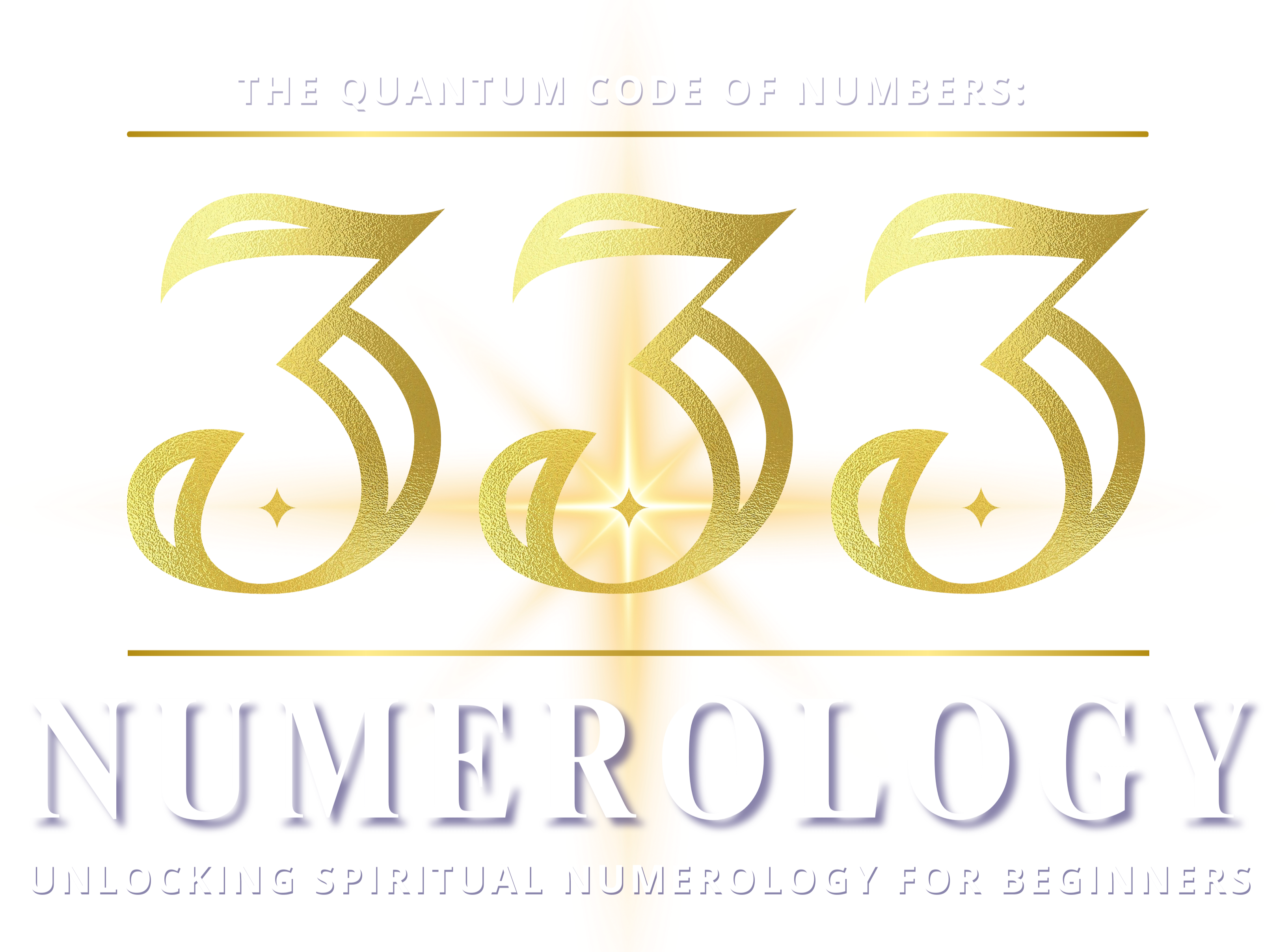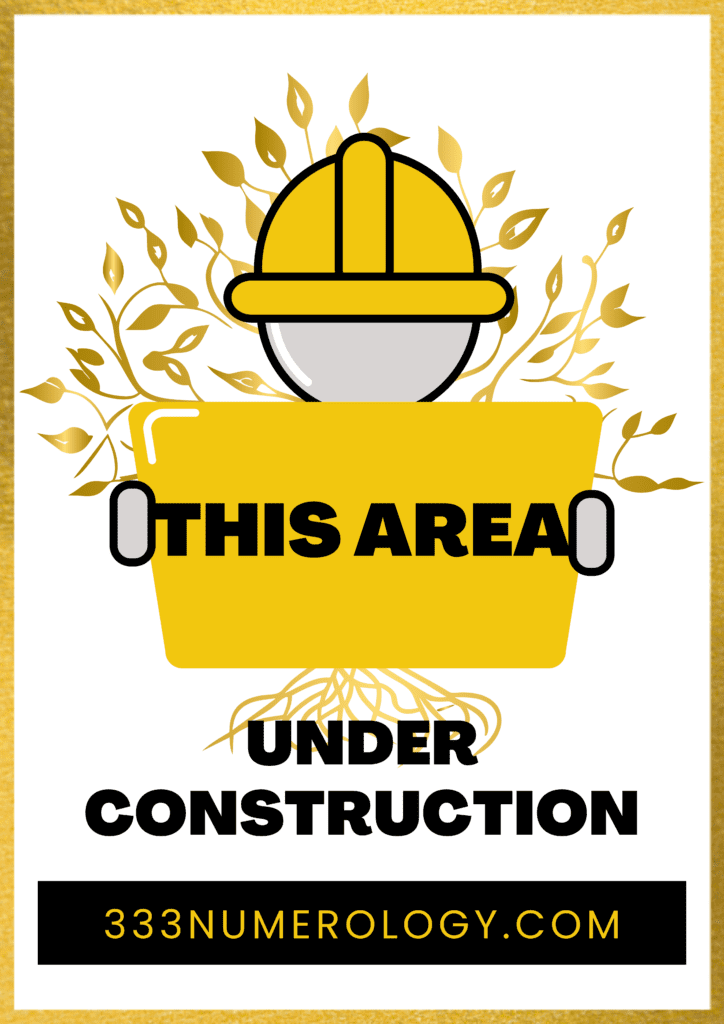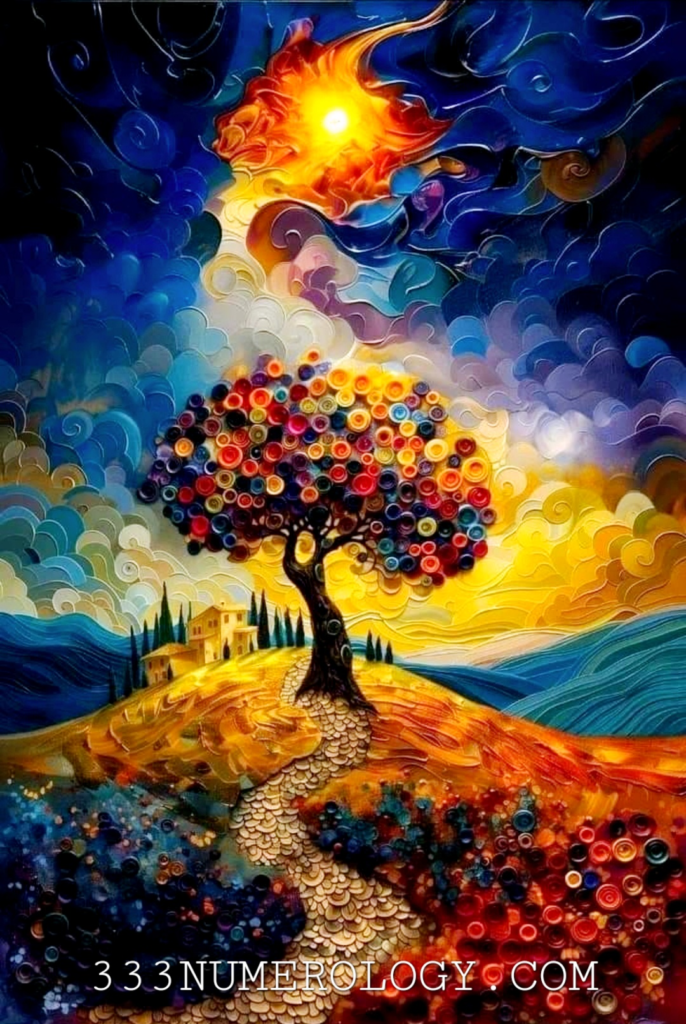The Numerology of Halloween: Exploring the Sacred Symbols and Worldwide Celebrations
Halloween is a holiday rich in symbolism, mystery, and hidden meanings that span centuries and cultures. With roots in ancient rituals, Halloween is often associated with the numerological themes of transformation, reflection, and the mystical boundary between life and death. Numerology offers unique insights into the energies and symbolism of Halloween, a day traditionally celebrated on October 31. The numbers associated with Halloween—especially 31, 10, and 1—reveal deeper layers of significance that reflect cultural practices around the world. This article delves into the numerology of Halloween and examines its cultural importance globally, exploring how numbers, symbolism, and tradition intertwine.
The Numerology of Halloween: The Significance of October 31
Halloween’s traditional date, October 31, carries potent numerological significance. In numerology, dates are typically reduced to a single-digit number by adding the digits together. For October 31, we calculate as follows:
- October is the 10th month: 1+0=11 + 0 = 11+0=1
- The 31st day: 3+1=43 + 1 = 43+1=4
- The full date, October 31, 1 + 4 = 5
Number 5 in numerology symbolizes change, freedom, and transformation—an ideal reflection of Halloween’s themes. The essence of 5 aligns with movement between worlds, unpredictability, and a sense of liberation, much like the way Halloween encourages people to explore the unknown. Additionally, Halloween traditionally marks the end of harvest season and the onset of winter, a period of transformation in the natural world as life “moves” from a state of activity into one of rest and renewal.
Furthermore, the number 31 itself has numerological resonance. The number 3 represents creativity, communication, and self-expression, while the number 1 embodies new beginnings and individuality. Together, these numbers suggest a time for self-expression and transformation, a concept celebrated through costumes, masks, and rituals that allow individuals to explore different aspects of their identities. Halloween, therefore, becomes a time to explore the mysteries of self and society through the transformative energy of the number 5, enhanced by the creative essence of 3 and the pioneering spirit of 1.

Cultural Celebrations of Halloween and Their Numerological Parallels
Halloween is celebrated in various forms worldwide, with each culture incorporating unique traditions that reflect similar numerological themes. Here, we explore some of the most prominent celebrations and how their practices align with Halloween’s numerology.
1. Samhain (Celtic Origins) – Ireland and Scotland
Halloween’s origins trace back to the ancient Celtic festival of Samhain (pronounced “Sow-in”), celebrated on October 31. Samhain marked the end of the harvest season and was believed to be a time when the boundary between the physical world and the spirit world was at its thinnest, allowing spirits to pass between realms. The number 5 resonates here, symbolizing transformation and the movement between worlds (MacLeod, 2006).
Samhain rituals included lighting bonfires, offering food to ancestral spirits, and dressing in costumes to disguise oneself from harmful spirits. The Celts believed that embracing these traditions would protect them through the coming winter. Numerologically, the number 1 in Samhain (October as the 10th month, reducing to 1) symbolizes new beginnings, echoing the ancient belief that Samhain marked the start of a new year. This time of year invited both reflection on past harvests and anticipation of a new cycle.
2. Día de los Muertos (Day of the Dead) – Mexico
In Mexico and parts of Central America, Día de los Muertos is celebrated from October 31 to November 2, coinciding with Halloween. This holiday is dedicated to honoring deceased loved ones by creating vibrant altars, decorating graves, and preparing special foods. The number 5 is present here, symbolizing transformation and the continuation of life, as Día de los Muertos celebrates death as a transition rather than an end (Brandes, 1998).
Another significant number is 2 (as the holiday spans November 2), symbolizing duality, balance, and relationships. Día de los Muertos embodies the duality of life and death, recognizing the continuity between the living and the departed. Celebrating this connection helps people process grief and honor life’s cycle, reflecting Halloween’s transformative and reflective essence.
3. Obon (Festival of the Dead) – Japan
Obon is a Japanese festival held in mid-August, but it shares striking similarities to Halloween’s spirit of honoring the dead. Obon commemorates deceased ancestors by welcoming their spirits back to the physical world for three days. People celebrate with dances, bonfires, and lanterns, guiding spirits safely back to their resting places. Numerologically, the number 3 (Obon spans three days) represents communication, community, and joy—highlighting the connection between the living and the spiritual world (Nakagawa, 2004).
Although not celebrated in October, Obon aligns with Halloween’s theme of connecting with ancestral spirits and understanding life beyond the physical. The number 3 fosters unity and joy, promoting community gatherings and honoring family bonds. This aligns with the Halloween tradition of gatherings and festive celebrations with friends and family, illustrating how different cultures interpret the movement between life and death.
4. Pchum Ben (Festival of Ancestors) – Cambodia
In Cambodia, the Pchum Ben festival is celebrated in September and early October. It is a time to honor deceased relatives by offering food, prayers, and other offerings. Pchum Ben holds numerological parallels to Halloween, as it marks a period when the living connect with the spiritual world to offer peace to ancestors. The number 9 resonates here, symbolizing completion, fulfillment, and spiritual understanding (Tosh, 2010).
The numerological number 9 reflects the theme of letting go, helping spirits find peace in the afterlife and offering closure for the living. Halloween, too, invites themes of release, letting go of fears, and acknowledging mortality. Pchum Ben and Halloween each incorporate numerological significance in their focus on completion, transition, and respect for the dead.

The numbers associated with Halloween—especially 31, 10, 1, and 5—capture its themes of transformation, creativity, and connection to other realms. Around the world, different cultures celebrate similar festivals, reflecting Halloween’s numerological themes through unique traditions and beliefs.
Spiritual and Quantum Significance of Halloween’s Numerology
Halloween’s numerology reflects universal themes that resonate on a spiritual and, some theorists suggest, quantum level. The idea that Halloween allows access to other realms mirrors quantum mechanics’ concept of superposition, where particles exist in multiple states simultaneously until observed (Heisenberg, 1927). Halloween’s numerology, particularly the number 5, symbolizes the movement between worlds—just as superposition suggests particles move between possibilities until they collapse into a single state.
From a spiritual perspective, the numerology of Halloween invites reflection on life’s cyclical nature, transitions, and connection with otherworldly realms. Halloween aligns with the autumn season, a time when nature withdraws and regenerates for spring. The number 5’s transformative energy resonates with this cycle, offering a reminder of life’s constant renewal. Halloween becomes an occasion to symbolically “release” or transition from one state of being to another, honoring cycles of death and rebirth.
Embracing Halloween’s Numerology: Practical Tips
For those interested in tapping into Halloween’s numerological energy, here are some practices aligned with its numerology:
- Meditate on Transformation: Reflect on the transitions you’re experiencing in your own life, symbolized by the number 5. Ask yourself what old patterns or fears you might need to release to embrace new opportunities.
- Connect with Ancestors: Honor your ancestors by lighting candles, displaying their photos, or offering food. Embrace the numerological themes of unity (3) and spiritual connection (9) by celebrating those who have come before.
- Explore Self-Expression: Use the creative energies of 3 and 1 by dressing up in a costume that represents a hidden aspect of yourself. Halloween is an opportunity to express yourself freely, revealing parts of your personality that may be overlooked or hidden.
- Set Intentions for Renewal: Write down intentions for the coming year, focusing on areas of life you wish to transform. Halloween’s date of October 31 offers a powerful numerological moment to let go of the old and welcome new beginnings.
Conclusion: The Universal Language of Halloween’s Numerology
Halloween’s numerology reveals a rich tapestry of meaning that transcends borders and cultures. The numbers associated with Halloween—especially 31, 10, 1, and 5—capture its themes of transformation, creativity, and connection to other realms. Around the world, different cultures celebrate similar festivals, reflecting Halloween’s numerological themes through unique traditions and beliefs. Whether through Samhain’s honoring of the spirit world, Día de los Muertos’ joyful celebration of ancestors, or Japan’s Obon, these traditions illuminate Halloween as a time of connection, reflection, and renewal.
By exploring Halloween through numerology, we gain a deeper appreciation for this holiday as a symbolic language of transformation. Through numbers, Halloween communicates universal messages of life, death, and the spaces in between. For those who embrace these numerological themes, Halloween becomes more than a holiday—it’s a spiritual invitation to reflect, transform, and honor the mysteries of existence.
Works Cited
- Brandes, S. (1998). The Day of the Dead, Halloween, and the Quest for Mexican National Identity. The Harvard University Press.
- Heisenberg, W. (1927). “Über den anschaulichen Inhalt der quantentheoretischen Kinematik und Mechanik.” Zeitschrift für Physik, vol. 43, no. 3–4, pp. 172–198.
- MacLeod, S. (2006). Samhain: Rituals, Traditions, and the Spirits of Halloween. Penguin Publishing.
- Nakagawa, H. (2004). “The Obon Festival and the Dead in Contemporary Japan.” Japanese Journal of Religious Studies, vol. 31, no. 2, pp. 245–260.
- Tosh, J. (2010). The Festivals of Cambodia: Their History and Meaning. Routledge.






